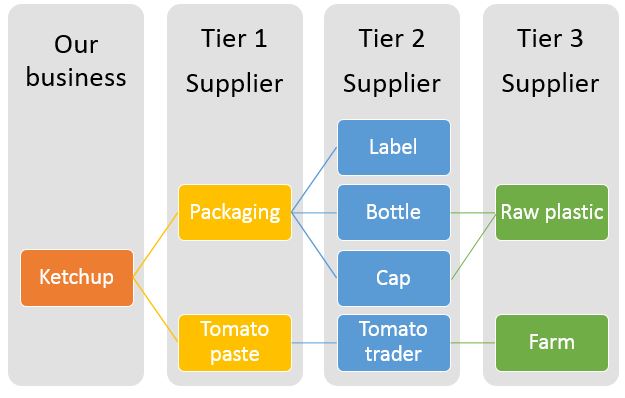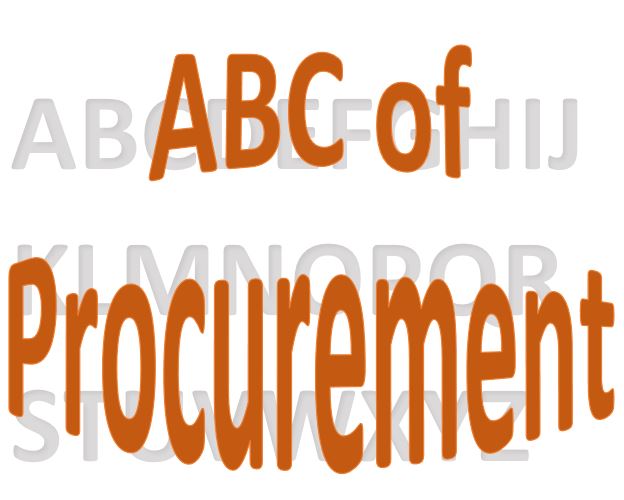We all know what are tiers. They are layers, stacked one above the others. In procurement, tiers are suppliers of a supplier. Or, maybe it is easier to explain this using this diagram:

In an ideal world, we should worry only about our tier 1 suppliers. And they will take care of their suppliers and so on. However, many times things go wrong, and we feel the pain. How? Let me get you a couple of examples. Full links are available below the post if you would like to dig deeper.
Back in 2019 Apple, Google, Microsoft and Tesla found themselves in a court case due to child labor usage in Cobalt mines in Congo. Tesla claimed that they do not buy Cobalt from Congo, but on the international market. And that they are not able to trace the origins of the material they procured.
Apple is trying since 2006 to remove child labor from their overseas subcontractors’ factories. It is moving forward, steady but slow. One thing in the article caught my attention. They even offer children to go back to school while still receiving their full salary. Yet many do not accept the offer.
There is as well another side of this story. Critics claim that Apple focuses on child labor as there are few cases, and it is inexpensive to sort them out. At the same time, they close one eye on the regular workers doing massive unpaid overtime.
Check in the links The International Trade Union Confederation (ITUC) 2016 frontlines report. It is a whole book full of accusations about large companies that use globalization for their profit. In one example, they present that a worker making a t-shirt is earning 0.18 EUR, while the profit of the retailer from the same shirt is 17 EUR. Is it fair or not, is a topic that would spark a lengthy discussion.
Once more, the UK horsemeat scandal from 2012-2013. A third-tier supplier used partially horsemeat to produce burgers. Trough the second tier, which failed to do any kind of audit, the burgers ended up in Tesco. And even in Tesco, it was found by accident, more than a proper process.
Human rights abuse is not the only problem. Large companies quite often outsource the dirty part of the production. They pick countries where the environmental standards are more “flexible”. So, on one hand, they are proudly telling that they have state of the art facilities with zero environmental impact. Their suppliers, on the other hand, do not even follow the basic requirements.
It is not all black here, however. In the links, you will find an interactive map with all suppliers of Nike. After several issues, they decide to map all suppliers out and audit them, Well done, Nike!
As you can see from the stories, the companies itself did not do anything bad. Except, in some cases, being ignorant. And it hurt their brand. Also, fixing this issue is neither easy nor cheap.
Most of us do not work in these huge companies. Our suppliers may not create so much trouble. Still, if a tier-2 supplier has a bad quality product, it will impact your final product. If he has a bad reputation in the market for making bad products, your brand may suffer as a consequence.
Pay a visit to the major ones, at least once a year. See if everything is as it is supposed to be. And insist on removing them if something is wrong. You have the right to do so.
Sources and links:
A More Sustainable Supply Chain – HBR
What Did We Learn from the Horsemeat Scandal and Should We Still Be Worried?
Scandal Inside the global supply chains of 50 top companies
What happens when Apple finds a child making your iPhone
Apple, Google, Microsoft, Dell and Tesla are sued over alleged child labor in Congo

